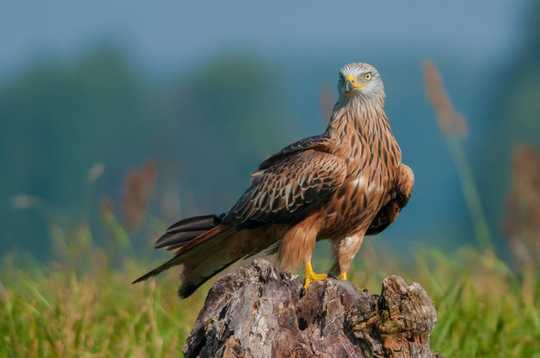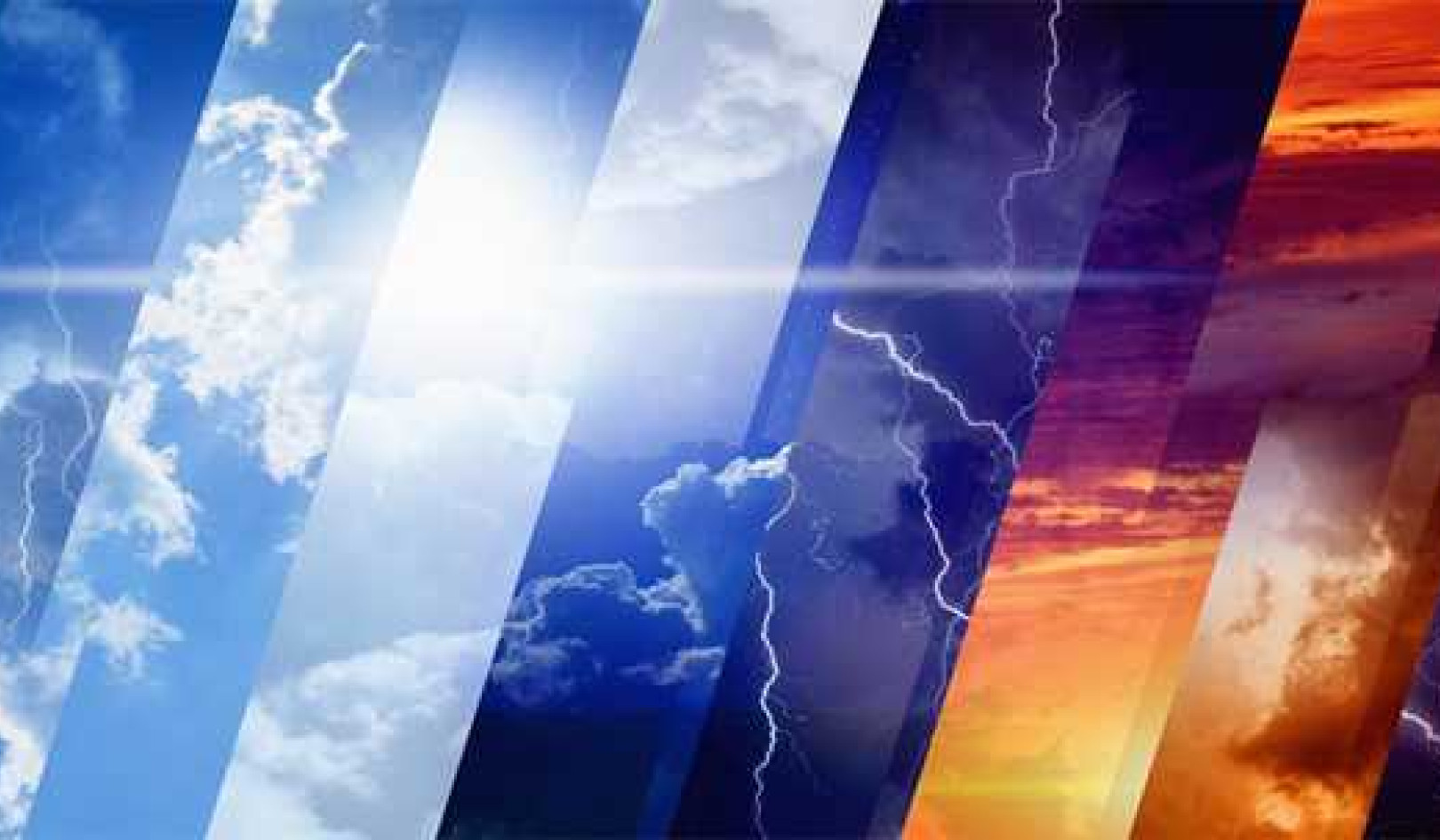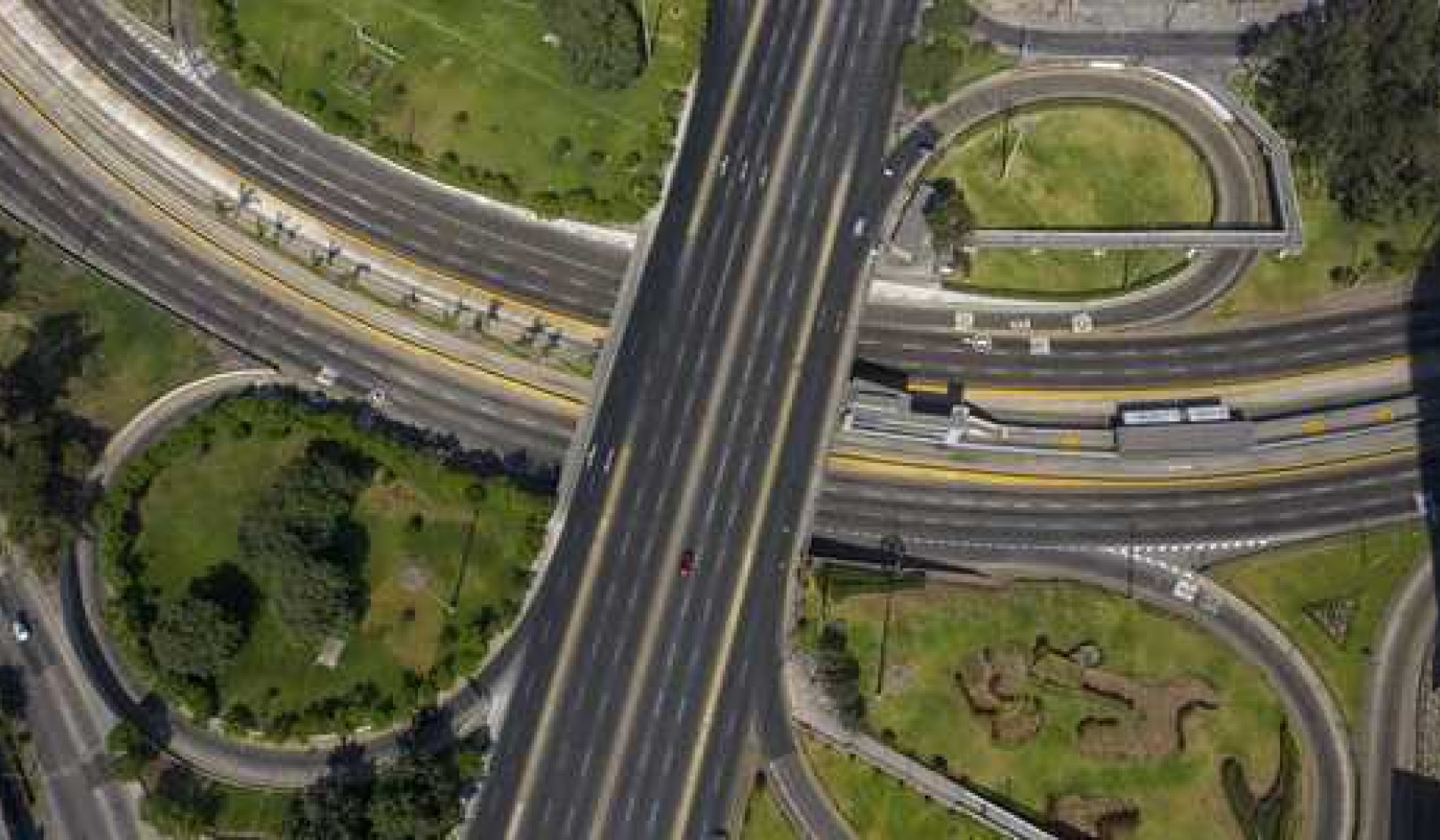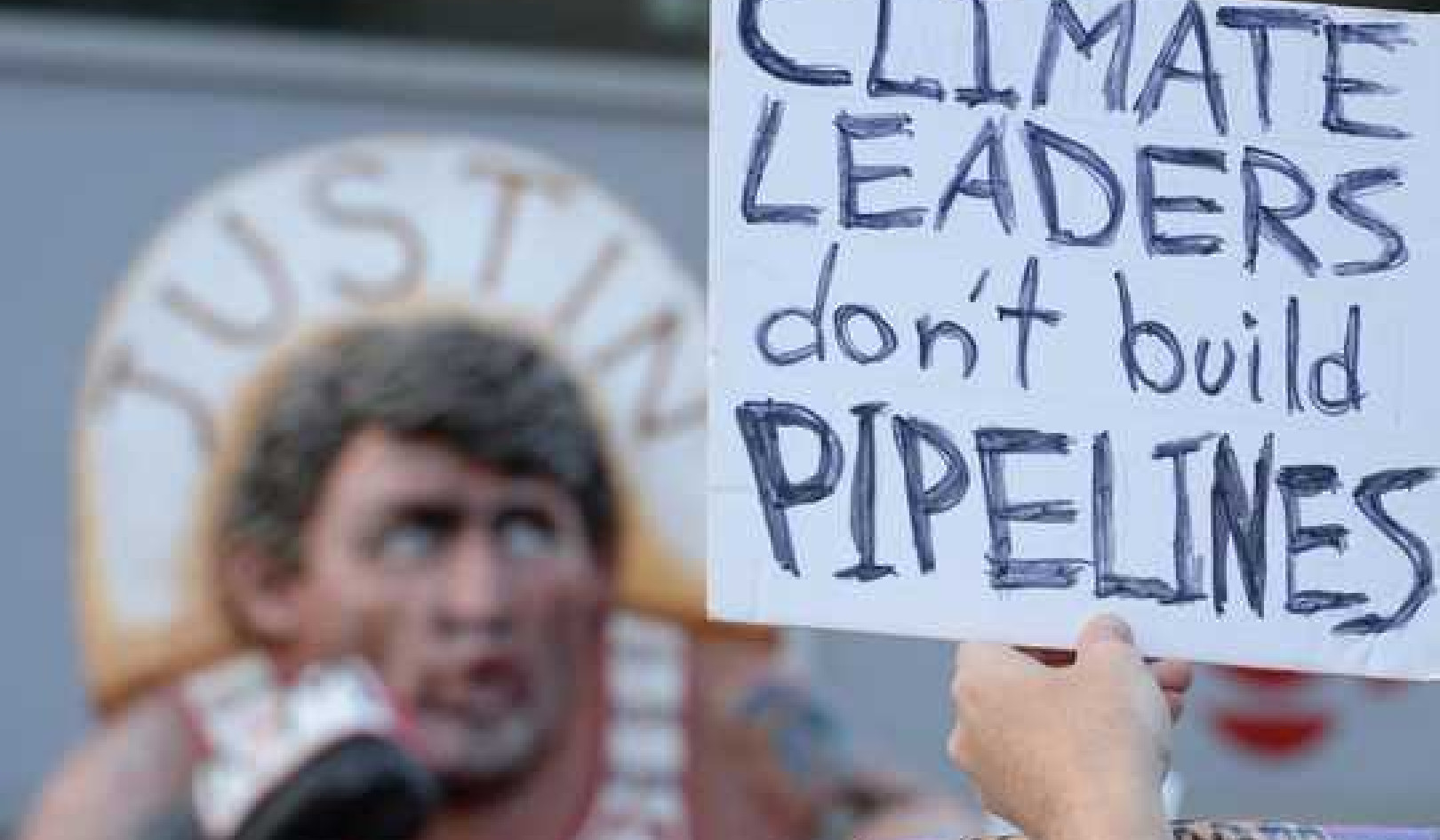From Venetian canals running clear, to herds of goats roaming around Llandudno, Wales, there have been claims of nature’s comeback since the start of lockdown.
But recently, staff at the Meltham Wildlife Reserve in Holmfirth, West Yorkshire, reported the arrival of a red kite that was found to be underweight and incapable of feeding itself.
Red kites search opportunistically for food, in the same way their historic kin made use of the rubbish heaps of Britain’s past. But the recent arrival of the kite at Meltham perhaps suggests the current situation of restricted travel – which has contributed to decreased roadkill – may not suit these previously persecuted birds of prey.
This raises questions about the way lockdown is impacting wildlife – for better and for worse.
Brown with a signature orange forked tail, red kites’ fortunes have shifted remarkably in recent decades. They were confined to Wales as recently as the 1980s after being hunted and culled as pests, as well as suffering pesticide contamination and inbreeding. But reintroduction programmes that began in the 1990s, have seen their numbers soar.
Kites from European nests were released across England and Scotland. Supported by feeding initiatives and nest monitoring schemes, their numbers have grown from around 20 in the early 1960s, to approximately 1,600 across the UK.
‘Human spaces’
The apparent “return” of wild animals to “human spaces”, perhaps due to the lack of human presence or management, has captured many people’s attention.
Housebound Brits are reporting (or noticing) more of nature in their own gardens, or tuning in to watch various wildlife webcams. Bird watching now features high on social media, with people keen to spot their wildlife neighbours on their daily walks.
For others, signs of ecological rejuvenation lend credence to ideas of COVID-19 as “nature’s revenge”. Humanity’s arrogant shortsightedness and efforts to exploit, consume and reorganise the nonhuman world in line with our own economic interests have produced conditions where a virus in China can quickly become a global pandemic. As one biologist in the US remarked: “We did it to ourselves”.
But the case of the emaciated kite sits awkwardly in relation to such narratives. Here, our withdrawal from the world has not created opportunities for a triumphant raptorial recolonisation, rather a material situation of scarcity.
Nature and the virus
The language of return and revenge speaks of “nature” as something external to human lives and spaces. This is despite a wealth of academic research and writing, particularly in geography, that has examined the fact that animals are - and have always been - present in our surroundings. Maccaques are establishing new urban territories in Indian cities. Rare species of hoverfly are living among urban parks and cemeteries in London. And peregrine falcons are inhabiting human architecture with and against design.
Such a notion that nature exists as a domain “out there”, distinct from society “in here”, has long been a feature of the way people, at least in the west, talk about the world. That’s been the case whether expressed via the celebration of distant wildernesses, or the differing perceptions of species as in, or out, of place in certain surroundings.
But the hungry kite suggests a different reality, one where humans, scavenging raptors and viruses are all jumbled together. Such “entanglement” raises important questions about our relationship with and obligation to others. This is particularly pertinent given we are living in an era of human-induced environmental crisis.
Living together
The kite’s situation offers a route beyond this idea of nature as separate to ourselves. For this is a species whose numbers in the UK were first diminished and then later reversed by human action.
Like a lot of animals that have successfully adapted to live alongside humans, the red kite is an opportunist making the most of our activities. When those opportunities are withdrawn, it becomes painfully clear that such a bird can flourish because, not in spite, of our presence. Clearly, the benefit of human withdrawal is unevenly distributed across nonhuman species.
In Turkey, for example, the government has mobilised resources to feed thousands of stray animals in cities, left hungry as a result of quarantine. But the entangled fate of humans and animals extends beyond cities, to places where conservation efforts attempt to promote the recovery of more diverse and lively ecologies.
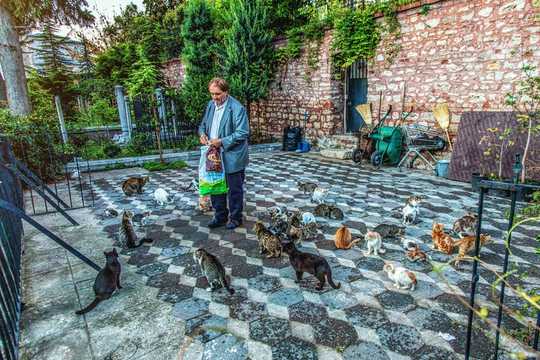 Turkey’s government has urged local authorities to feed stray cats and dogs, to keep concerned animal lovers off the streets during the coronavirus crisis. Lepneva Irina/Shutterstock
Turkey’s government has urged local authorities to feed stray cats and dogs, to keep concerned animal lovers off the streets during the coronavirus crisis. Lepneva Irina/Shutterstock
An absence of human activity from numerous nature reserves raises the possibility that vital habitats will be overtaken by invasive species (which we ourselves introduced), as well as the limited capacity to manage damaging practices, such as flytipping and illegal shooting.
Similarly, the absence of humans to manage illegal hunting of endangered animals in Kenya may prove disastrous. While many wildlife reserves will be affected by reduced tourism, which will in turn impact conservation work.
In the face of these events, it is understandable that stories about nature’s “return” have been subject to parody online. The reality is that human relationships with other beings are much more complex and fraught. To some extent, perhaps the red kite at Meltham reminds us of this, and that we – animals and humans alike – are all in this together.![]()
About The Author
Ben Garlick, Lecturer in Human Geography, York St John University
This article is republished from The Conversation under a Creative Commons license. Read the original article.
Books on The Environment from Amazon's Best Sellers list
"Silent Spring"
by Rachel Carson
This classic book is a landmark in the history of environmentalism, drawing attention to the harmful effects of pesticides and their impact on the natural world. Carson's work helped to inspire the modern environmental movement and remains relevant today, as we continue to grapple with the challenges of environmental health.
Click for more info or to order
"The Uninhabitable Earth: Life After Warming"
by David Wallace-Wells
In this book, David Wallace-Wells offers a stark warning about the devastating effects of climate change and the urgent need to address this global crisis. The book draws on scientific research and real-world examples to provide a sobering look at the future we face if we fail to take action.
Click for more info or to order
"The Hidden Life of Trees: What They Feel, How They Communicate?Discoveries from A Secret World"
by Peter Wohlleben
In this book, Peter Wohlleben explores the fascinating world of trees and their role in the ecosystem. The book draws on scientific research and Wohlleben's own experiences as a forester to offer insights into the complex ways that trees interact with one another and the natural world.
Click for more info or to order
"Our House Is on Fire: Scenes of a Family and a Planet in Crisis"
by Greta Thunberg, Svante Thunberg, and Malena Ernman
In this book, climate activist Greta Thunberg and her family offer a personal account of their journey to raise awareness about the urgent need to address climate change. The book provides a powerful and moving account of the challenges we face and the need for action.
Click for more info or to order
"The Sixth Extinction: An Unnatural History"
by Elizabeth Kolbert
In this book, Elizabeth Kolbert explores the ongoing mass extinction of species caused by human activity, drawing on scientific research and real-world examples to provide a sobering look at the impact of human activity on the natural world. The book offers a compelling call to action to protect the diversity of life on Earth.


